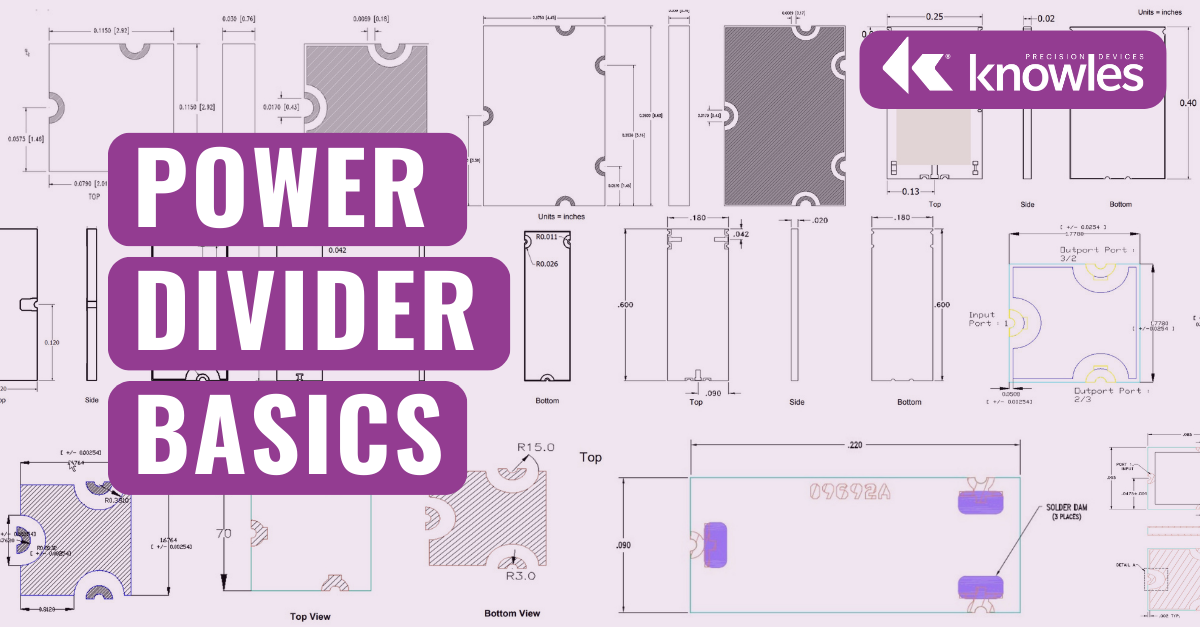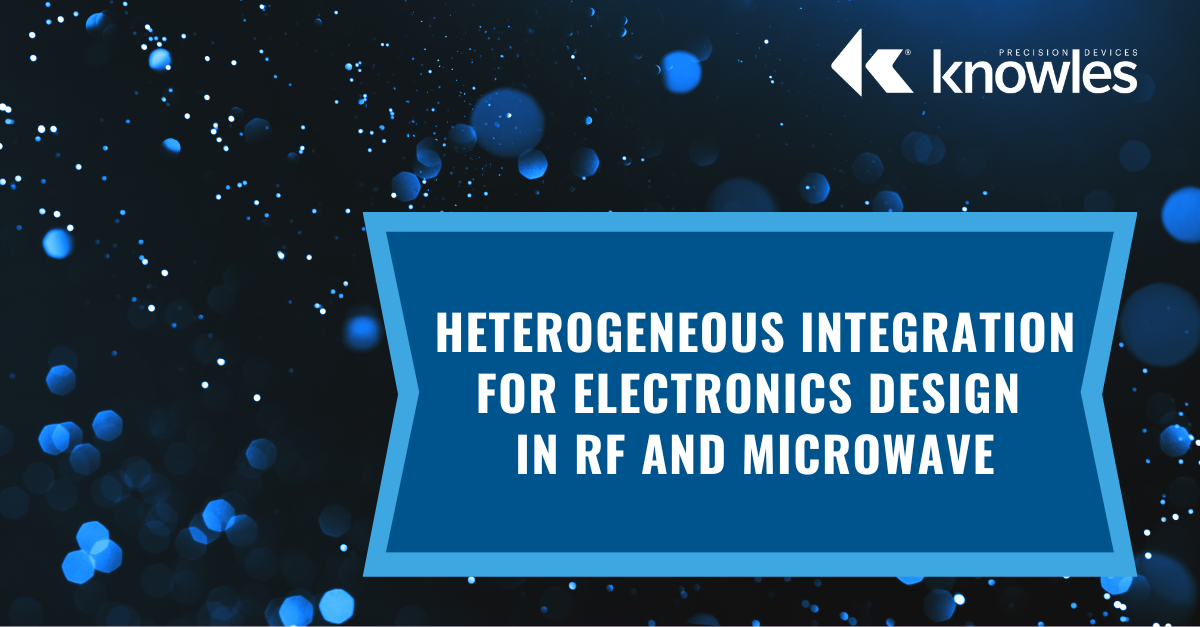With the rising prevalence of cardiovascular, orthopedic, and other chronic conditions, and an increase in the number of patients needing care, the demand for implantable medical devices continues to increase.
Peter Matthews

Recent Posts
Resonant Wireless Power Transfer in Implantable Medical Devices
Quality factor, or Q factor, is a common shorthand figure of merit (FOM) for RF filters. It’s typically expressed as the ratio of stored versus lost energy per oscillation cycle. Steepness of skirts, selectivity, and insertion loss are all specifications that can be described in terms of Q factor. While this FOM feels ubiquitous in RF, truly understanding how Q factor is determined and how it relates to other specifications is a complex endeavor because it’s contextual.
Topics: RF and Microwave
Combining Filter Technologies to Create Higher-Value Compact Filters
There are hundreds of filter applications operating across a wide range of frequencies, which presents a challenge for filter designers since most filter designs don't inherently operate across these wide ranges. Size, weight, power, and cost (SWaP-C) are also important considerations, so simply adding more filters to address different frequency ranges is not an attractive solution. There is, however, an alternative way of designing filters: combining filter technologies to meet the specific frequency, bandwidth, and size requirements of your application.
Topics: Filtering
Passive gain equalizers are designed to rectify or flatten the frequency response of an RF amplifier. RF amplifiers are known to cause a non-uniform gain over the operational bandwidth of a device, which results in distortion and other unwanted effects. Equalizers generate a counter-gain profile to offset that uneven response. Pairing equalizers and amplifiers is critical in applications like broadband systems where consistent performance over a wide frequency range enhances signal fidelity and system performance.
Topics: RF and Microwave
Bias filter networks and self-bias networks are two types of biasing components developed by Knowles Precision Devices for use in high-frequency microwave and RF applications.
Topics: Filtering
Radio frequency (RF) power dividers are designed to split an incoming signal into multiple outputs such that there’s a portion of the original signal’s power in each output. Given their critical function, power dividers play a particularly important role in antenna systems, telecommunications, and signal processing.
Topics: Capacitor, Military and Aerospace, High Reliability
Q factor, or quality factor, is an electrical term used to describe the ratio of energy stored to energy dissipated in a capacitor at a certain frequency (you can learn more about the different components of Q factor and ways to define it here). In other words, Q factor tells us how good a capacitor is at its job at a certain frequency. A high Q value indicates low energy loss during operation, making these capacitors a good fit for applications requiring low power dissipation and high stability.
Topics: Capacitor
Radio frequency (RF) and microwave applications involve transmitting and receiving electromagnetic signals at high frequencies. While these terms are often used interchangeably, RF means AC signals at 3 kHz to 300 GHz. For microwave, it’s more like 300 MHz to 300 GHz. Capacitors play a central role in these applications because they are concerned with capacitance, naturally, and impedance (i.e., resistance), which vary with frequency. Functionally, these passive electronic components store energy in an electric field.
Topics: Capacitor
Heterogeneous Integration for Electronics Design in RF and Microwave
Heterogeneous integration (HI) refers to the process of combining a set of electronic components with different functions and material compositions into a single, compact system. Particularly in radio frequency (RF) and microwave applications, HI-based designs accommodate higher functional density and better performance when implemented with application-specific requirements in mind. Integrated Passive Devices (IPDs), like conductors, resistors, vias, traces, and bridges, play a significant role in HI because they’re largely responsible for the resulting performance optimization when components combine.
Topics: Build to Print
One of the things all technical disciplines excel at is creating terminology that can trip up those who are not accustomed to speaking the language every day. Take the title of this article for example. These three words sound similar and are definitely inter-related, but they are not inter-changeable.
Topics: RF and Microwave


.png)

.png)





